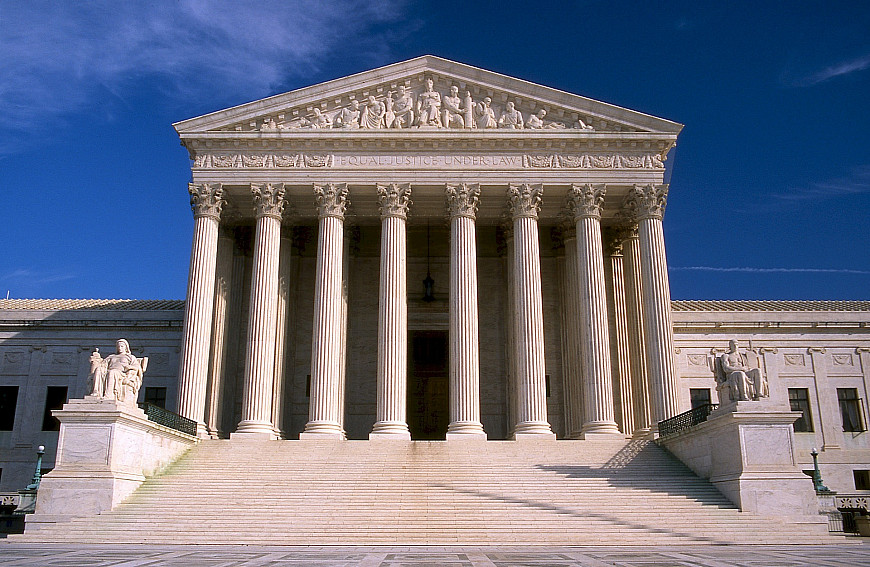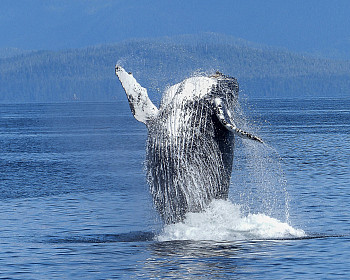Earthrise files brief with US Supreme Court over WOTUS

On behalf of our clients Waterkeeper Alliance, Center for Biological Diversity, Center for Food Safety, and several other organizations (“Waterkeeper”), Earthrise filed their opening merits brief in the U.S. Supreme Court on April 27, 2017, in the case captioned as National Association of Manufacturers v. Department of Defense, et al. The case stems from ongoing litigation over the Clean Water Rule, a regulation jointly promulgated by the EPA and Army Corps of Engineers in 2015 defining the phrase “waters of the United States” for Clean Water Act (CWA) purposes.
The Clean Water Rule was highly controversial from the outset, drawing dozens of challenges from environmental organizations, industry groups, and states. Waterkeeper filed suit in an effort to prevent the rollback of water quality protections for ecologically significant waters such as ephemeral streams, waters beyond 4,000 feet from other jurisdictional waters, and groundwater, which under the Rule are categorically exempt from the CWA. And although the Rule—by the Corps’ own admission—resulted in a significant net loss of CWA jurisdiction when compared to historic agency practice, industry challengers called it a “vast overreach” of federal authority, and the Rule has been on the new administration’s chopping block from day one.
The issue now pending before the Supreme Court, however, is somewhat more esoteric: which court has jurisdiction to hear challenges to the Clean Water Rule? Section 509(b)(1) of the CWA provides exclusive appellate jurisdiction over certain defined actions of the EPA Administrator, none of which seem to apply to the Rule. Alternatively, Section 702 of the Administrative Procedure Act provides for review of final agency actions in the district courts. Case law on the scope of Section 509(b)(1) is a mess and provides little guidance, and thus most challengers to the Rule filed suit in both district court and the court of appeals. The Sixth Circuit held that it had jurisdiction over any challenge to the Clean Water Rule under Section 509(b)(1)(F), but other courts issued contrary decisions. National Association of Manufacturers sought review of the Sixth Circuit’s decision on jurisdiction, and the issue is now for the Supreme Court to resolve.
Notably, this is not Earthrise’s first time writing on this question: we wrote an amicus brief on behalf of a group of law professors urging a narrow construction of Section 509(b)(1) in Decker v. NEDC, 133 S. Ct. 1326 (2013), and Earthrise attorneys Allison LaPlante and Lia Comerford published a highly regarded and frequently cited article in the Fall 2013 issue of the journal Environmental Law.
On this narrow issue Waterkeeper has aligned with most industry and state petitioners, and argues that CWA Section 509(b)(1)(F) does not give the courts of appeals jurisdiction in this case. As our opening brief explains, the Sixth Circuit’s decision strains the plain language of 509(b)(1) beyond the breaking point, and would subject almost any CWA regulation to that section’s stringent 120-day review period. We are confident that the Supreme Court will apply the text as Congress intended, thereby adding certainty and predictability to the judicial review process.
Meanwhile, the fate of the Clean Water Rule itself remains in limbo, as Earthrise attorney Jamie Saul explained in a prior post. If the Supreme Court rules in our favor, the consolidated petitions for review now before the Sixth Circuit will almost certainly be dismissed, and litigants will be free challenge the Rule in the district courts—assuming there is a Rule left to challenge.
More Environmental, Natural Resources, & Energy Law Stories
Environmental, Natural Resources, and Energy Law is located in Wood Hall on the Law Campus.
MSC: 51
email elaw@lclark.edu
voice 503-768-6649
Environmental, Natural Resources, and Energy Law
Lewis & Clark Law School
10101 S. Terwilliger Boulevard MSC 51
Portland OR 97219

